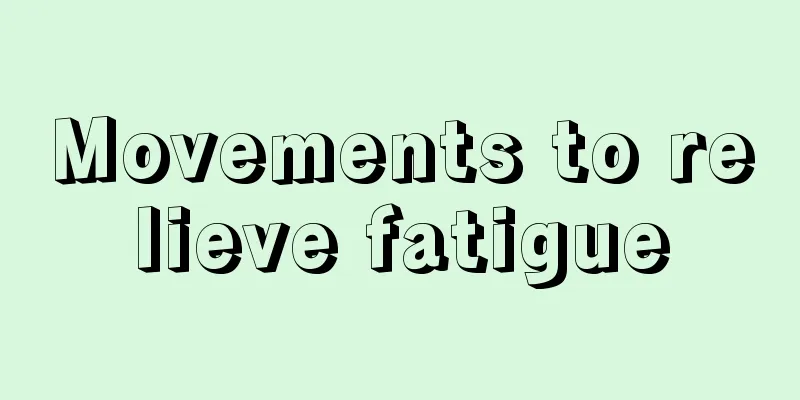Is heart failure curable? How to treat it?

|
Heart health is considered to be relatively important by most people, because the heart is the main pump that supplies blood flow. Decreased heart function will lead to weak blood flow throughout the body, and various nutrients cannot reach all parts of the body in time, thus causing more serious complications, such as muscle atrophy, limb weakness, etc. Heart failure is the main cause of these symptoms. The causes of heart failure are rather complex and are generally related to people’s lifestyle habits. Long-term exposure to tremendous stress puts a heavy burden on the heart, which in turn causes the heart’s ability to decline over time. Let’s take a look at whether heart failure is easy to treat. Let me explain how to treat it. Heart failure, also known as HF, refers to a condition in which the heart's contractile and/or diastolic functions are impaired, which prevents the heart from adequately draining venous blood from the heart, leading to blood congestion in the venous system and insufficient blood perfusion in the arterial system, thus causing a syndrome of cardiac circulatory disorders, most of which are manifested in pulmonary congestion and vena cava congestion. Heart failure is not an independent disease, but the terminal stage of heart disease. The vast majority of heart failures begin with left heart failure, which first manifests as congestion in the pulmonary circulation. (1) Initial treatment is oxygen inhalation via mask or nasal cannula; morphine, loop diuretics, cardiotonic drugs, etc. are given intravenously. Have the patient sit or semi-recumbent with his legs hanging down to reduce venous return in the lower limbs. (2) If the condition still does not improve, vasoactive drugs such as positive inotropes, vasodilators and vasoconstrictors should be selected according to systolic blood pressure and pulmonary congestion. (3) For patients with severe conditions, persistently low blood pressure (<90 mmHg) or even cardiogenic shock, hemodynamics should be monitored and various non-drug treatments such as intra-aortic balloon pump, mechanical ventilation support, blood purification, ventricular mechanical assist devices and surgery should be used. (4) Dynamic measurement of BNP/NT-proBNP helps guide the treatment of acute heart failure. If the level remains high after treatment, it indicates a poor prognosis and treatment should be strengthened. If the level decreases after treatment and the decrease is >30%, it indicates that the treatment is effective and the prognosis is good. (5) Control and eliminate various risk factors and promptly correct underlying cardiovascular diseases. |
<<: Is white radish effective in curing cough? How to do it?
>>: What should I do if meningioma is serious?
Recommend
Will foot massage be effective for dysmenorrhea
Menstruation is very important for women because ...
Can hibiscus flowers be eaten
Hibiscus flowers are edible. They contain a lot o...
Causes of Hamartoma
Hamartoma is a benign tumor whose causes may be r...
How to diagnose iron deficiency anemia
Iron deficiency anemia is the most common type of...
Numbness in hands and feet after exercise
Exercise is something people do frequently in the...
Introduction to the four major causes of cervical cancer
Depending on the cause of cervical cancer, its sy...
What are the complications after cerebral hemorrhage surgery?
In daily life, cerebral hemorrhage is a very comm...
Increased fasting blood sugar
The increase in fasting blood sugar is mainly due...
Can I drink expired beer?
Beer is more popular in the summer, but drinking ...
The fastest way to treat a long-lasting cough
If a person coughs every day, he will inevitably ...
Which drugs treat liver cancer?
In the past, the treatment of liver cancer was ma...
What is the normal heart rate of the human body
Many of my friends may have a certain understandi...
What is the normal range of hip joint in infants and young children?
As the baby grows, parents need to closely observ...
How long can you live if the tumor shrinks after chemotherapy for advanced lung cancer?
How long can you live if the tumor shrinks after ...
International Histological Classification of Gastric Cancer
The gross morphology of advanced gastric cancer v...









